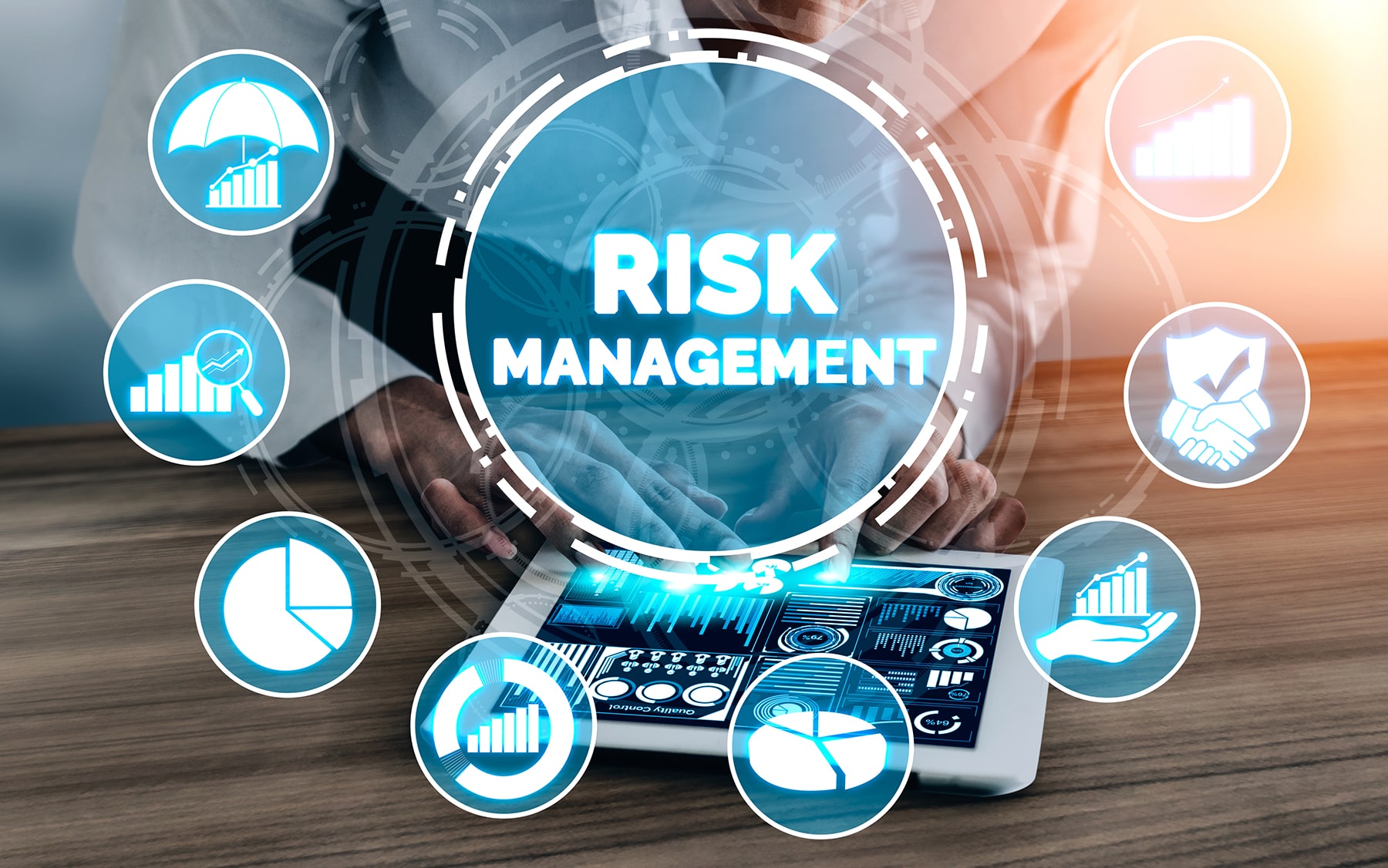

adm_rma
Managing Risks: A New Framework
- November 12, 2020
- , 2:28 pm
- , Uncategorized
Editors’ Note: Since this issue of HBR went to press, JP Morgan, whose risk management practices are highlighted in this article, revealed significant trading losses at one of its units. The authors provide their commentary on this turn of events in their contribution to HBR’s Insight Center on Managing Risky Behavior.
When Tony Hayward became CEO of BP, in 2007, he vowed to make safety his top priority. Among the new rules he instituted were the requirements that all employees use lids on coffee cups while walking and refrain from texting while driving. Three years later, on Hayward’s watch, the Deepwater Horizon oil rig exploded in the Gulf of Mexico, causing one of the worst man-made disasters in history. A U.S. investigation commission attributed the disaster to management failures that crippled “the ability of individuals involved to identify the risks they faced and to properly evaluate, communicate, and address them.” Hayward’s story reflects a common problem. Despite all the rhetoric and money invested in it, risk management is too often treated as a compliance issue that can be solved by drawing up lots of rules and making sure that all employees follow them. Many such rules, of course, are sensible and do reduce some risks that could severely damage a company. But rules-based risk management will not diminish either the likelihood or the impact of a disaster such as Deepwater Horizon, just as it did not prevent the failure of many financial institutions during the 2007–2008 credit crisis.
In this article, we present a new categorization of risk that allows executives to tell which risks can be managed through a rules-based model and which require alternative approaches. We examine the individual and organizational challenges inherent in generating open, constructive discussions about managing the risks related to strategic choices and argue that companies need to anchor these discussions in their strategy formulation and implementation processes. We conclude by looking at how organizations can identify and prepare for nonpreventable risks that arise externally to their strategy and operations.
Copyright 2020 – RMA